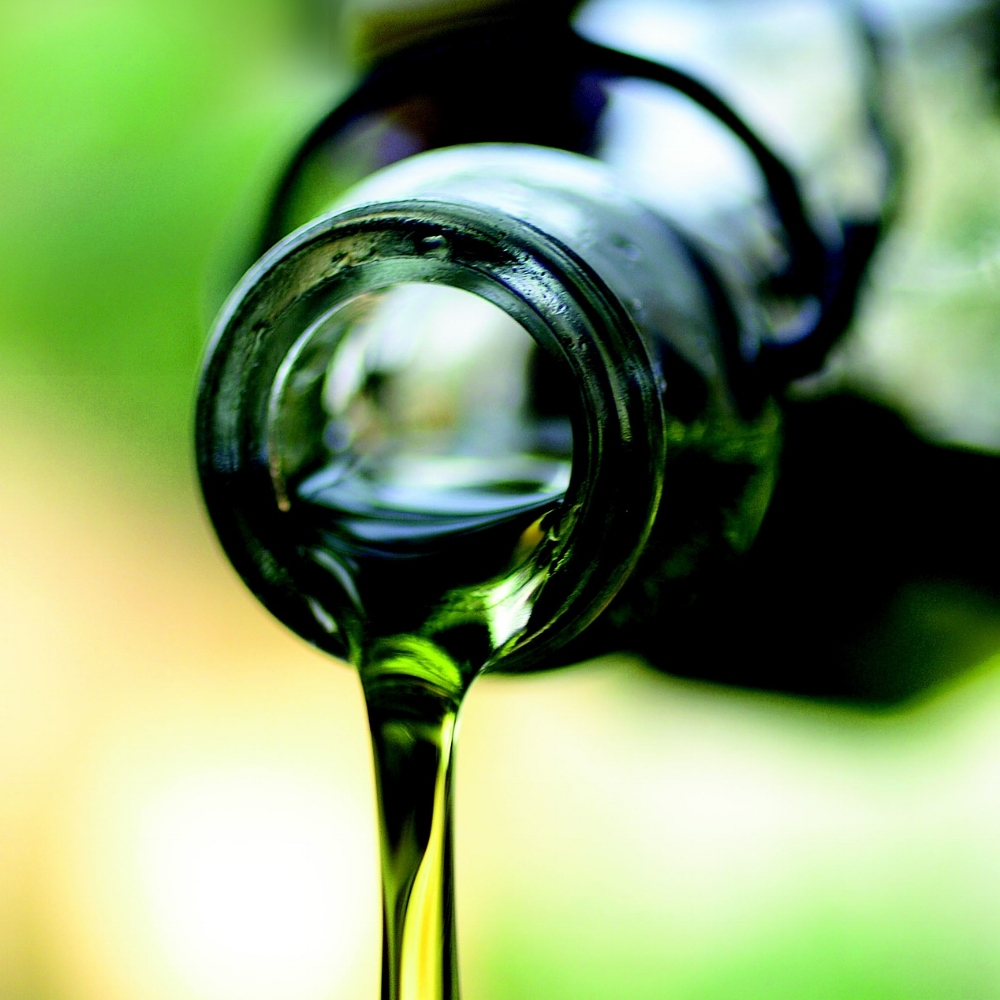
How to: Choose a Spanish Olive Oil
Dear Finn,
 Since day one in Spain you’ve probably noticed olive oil everywhere. They eat it on their toasts for breakfast, cook with it for meals, and throw it on salads in quantities that would seem absurd in America. Therefore, it shouldn’t surprise you that Spain is the number one producer of olive oil worldwide and one of the countries with highest consumption per capita. One of the best things about all this is that while in Spain you can buy high quality olive oil for relatively inexpensive in comparison to back home. However, you might be wondering: What olive oil should I buy? Let us break it down for you:
Since day one in Spain you’ve probably noticed olive oil everywhere. They eat it on their toasts for breakfast, cook with it for meals, and throw it on salads in quantities that would seem absurd in America. Therefore, it shouldn’t surprise you that Spain is the number one producer of olive oil worldwide and one of the countries with highest consumption per capita. One of the best things about all this is that while in Spain you can buy high quality olive oil for relatively inexpensive in comparison to back home. However, you might be wondering: What olive oil should I buy? Let us break it down for you:
Extra virgin:
Extra virgin olive oil is the one you want if you are looking for the good stuff. Extra virgin means that the olives are pressed (or centrifuged) within 24 hours of picking and are not heated above 27ºC/80.6ºF. In addition, there are no chemicals involved in the process, making sure that your olive oil is basically an olive juice. Finally, it must have a low acidity point (below 0.8%), making it an easy addition to almost all dishes—I’ve even been known to bake with it as good olive oil and chocolate tend to go very well together.
Pro-tip: If you are exploring the olive oil aisle and you aren’t sure which one to buy, start with a normal bottle (which should cost you between 3 or 4€ a liter). If you find you like it, be willing to experiment with stronger flavors, higher quality bottles, etc.
Virgen:
Virgen olive oils are the ones that weren’t good enough to be classified as extra virgin after the pressing for whatever reason—usually due to imperfections in the oil. These olive oils are usually processed in the same or similar way as the previous ones, but the can’t be sold at such a high price. However, in Spain most of the times virgin olive oils are mixed with other oils and sold as “oil” as it does not have much of a market here.
Pro-tip: If you are curious, do a little digging and you can probably find a virgin olive oil or two. For the untrained palette (like most foreigners), you probably won’t be able to describe the differences—it might be more acid or bitter than you would like, slightly cloudy, etc.
Lampanete:
When the pressed oil comes out very acidic, it must be treated in order to sell to the general public. Normally the resulting flavor is very mild and this oil is usually then mixed with a small amount of extra virgin or virgin olive oil to compensate for flavor. While this might be appealing for someone who is not accustomed to using olive oil in daily life, the health benefits that are attributed to olive oils do no necessarily apply to this type.
Pro-tip: If you are looking for something that is about the same as canola oil, don’t be worried about using mixed olive oils (usually sold as suave, Soft or light,or intenso, Intense). However, if you want the touted health benefits, go extra virgin!
 *What you should know about cold pressed oil: Like previously mentioned, extra virgin olive oil cannot be heated above a certain temperature, making the cold press labeling superfluous. At the same time it is interesting to understand why producers go out of their way not to heat the oils during production—it is believed that heating the olives during the pressing process will diminish the health perks.
*What you should know about cold pressed oil: Like previously mentioned, extra virgin olive oil cannot be heated above a certain temperature, making the cold press labeling superfluous. At the same time it is interesting to understand why producers go out of their way not to heat the oils during production—it is believed that heating the olives during the pressing process will diminish the health perks.
Pro-Tip: if you are buying extra virgin olive oil, cold pressed is implied, although it is always interesting to keep this factor in mind.
In addition, it is interesting to think about the different times of olive harvests in Spain (especially since the pressing usually happens within a day of the picking).The maturity of the olives when they are picked will greatly affect the color and flavor of the final product. If you can, I would recommend trying both green and mature olive oils.
 Green olives:
Green olives:
Are harvested before the olives are fully matured. They will produce a green oil (and yes, it can be very green). These oils will tend to be more potently sharp taste and is a flavor you will definitely notice on salads. I would recommend tasting a green one at a specialty shop to make sure you like it before buying a whole bottle.
Something to think about: I have never had commercially produced green olive oil, but I have been privileged to several bottles from different friends—a surprising amount of Spaniards have enough land to produce their own oil for the year.
Mature olives:
Are harvested once they are fully matured and are a dark green to purplish-black color. These olives will produce the golden oil that we are accustomed to seeing in restaurants and supermarkets. The olive oil they make usually has a flavor that is milder than green oil. In some cases I would almost consider it to be fruity.
Pro-tip: Consider cooking with olive oil! According to studies like this one at the University of Granada, cooking with extra virgin olive oil is good for you!
At the end of the day, olive oil scene is an essential part of life in Spain and it is a good thing to try if not use regularly while you abroad. And if you figure out that your friends or host family makes olive oil, show your interest and check out the process—from picking to pressing, it will be interesting.
And let us know if you are on the olive oil train!
Sincerely,
Spain
P.S. Check out this page for a comprehensive list of all the different types of olives that oil can be made out of in Spain.




